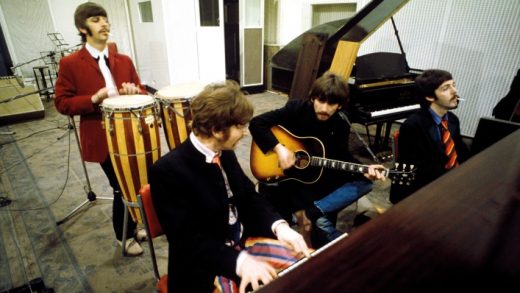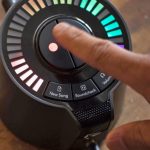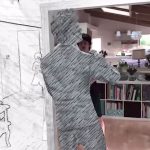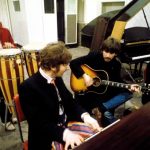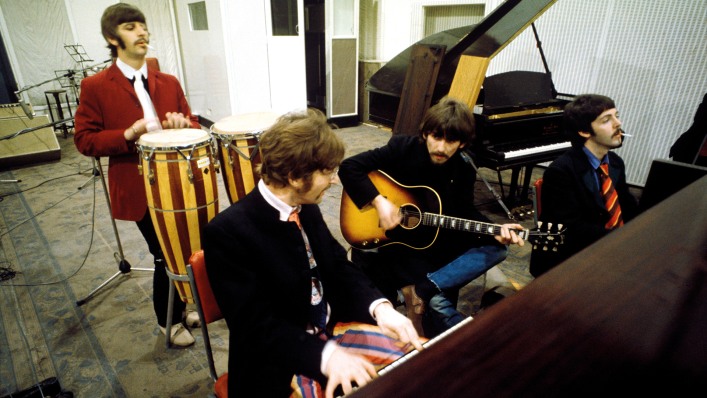How The Beatles’ < Pepper' Was Retooled To Sound Fresh 50 Years Later
For such a plain-looking room, it sure carries a massive, almost eerie, historic weight. Studio 2 at Abbey Road Studios in London is nearly empty, except for some old tape-recording machines and a few pianos. “This is the one they played on Ob-La-Di, Ob-La-Da,” producer Giles Martin tells me, striking a few high-pitched notes. Fifty years ago, his father, Sir George Martin, recorded The Beatles’ most ambitious album in this very room–an album that pushed the limits of recording technology and, few would disagree, helped alter popular music as we know it.
Sgt. Pepper’s Lonely Hearts Club Band was recorded and mixed over the course of 24 sessions here in early 1967. The finished product, a surprising sonic and stylistic departure from the band’s previous work, became one of the highest-selling and most critically acclaimed records of all time. On May 26, the album is being reissued and given the “deluxe” expanded treatment music fans have come to expect from special anniversary editions like this: A six-disc boxed set featuring dozens of extra tracks of outtakes and alternate versions of songs, a 5.1 surround sound mix, short documentary film, and full-color book.
Anchoring this cornucopia of fan bait is the album’s core 13 songs, which have been completely remixed from the original tapes found in the vaults here at Abbey Road. Using a blend of vintage machines and modern tricks, the new mixes give a fresh sound to one of the most revered albums in rock’n’roll history.
“We haven’t added anything to it,” says Martin, who led the four-month project to remix the album. “We’re not adding any instruments. We’re not adding any voices. If anything, we’re taking layers off of it.”
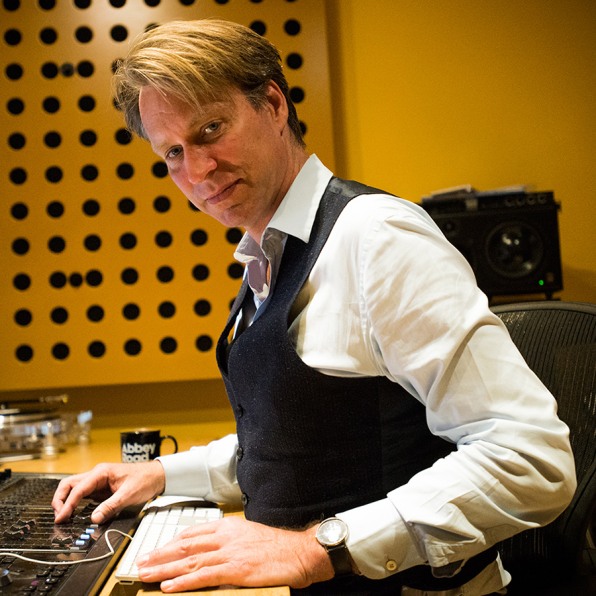
Rather than a simple, surface-level remastering of the album’s sound, the 2017 mixes of Sgt. Pepper were made by digging back into the original four-track tapes and trying to recreate the album in a way that honors the artistic wishes of the band, while allowing for creative decisions by Martin and his fellow engineers. Unlike previous versions of the album–like the original vinyl, the CD version remastered in the 1980s, or the 2009 remaster you hear on Spotify and vinyl today–this mix was made from the first generation of studio tapes, rather than subsequent, overdubbed copies. As a result, the sounds on the new record are more crisp and detailed than they’ve ever been heard before.
“It sounds much more vibrant, because we’re mixing from tapes they’ve never mixed from before,” Martin explains. “You feel like there are less layers in between you and them. That’s what I think it feels like.”
To demonstrate, Martin opens up Pro Tools on his computer and starts playing a clip of the new version of “Lucy In The Sky With Diamonds.” The opening notes, played on an organ by Paul McCartney, cascade subtly across the speaker (a stereo trick inserted by Martin) while John Lennon’s voice starts singing with a double-tracked, slighted phased effect. It already sounds different from the version I grew up with–Lennon’s voice is clean in the traditional stereo mix, and those opening notes stayed crammed in the left speaker rather than dancing from ear to ear. By the time the bass on the 2017 version, guitars and drums join in for the chorus, everything sounds clearer and a bit more bassy than I’m used to hearing it.
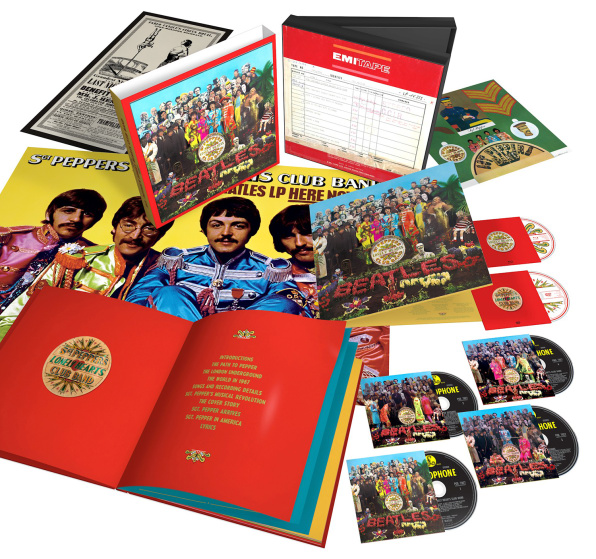
This sense of clarity and boldness is consistent throughout the new album; voices are clearer, instruments are slightly more detailed and sometimes louder. The mix feels fuller and more spacious; the instruments and voices of John, Paul, George, and Ringo often feel like they have more room to breathe amidst the album’s many layers of sound.
Longtime listeners will likely notice small details in some songs that they haven’t heard before. Some of this is because of the newfound clarity–you can hear minor subtleties like fingers moving across guitar strings, for instance. And some of it is because of deliberate decisions made by Martin and engineers like Sam Okell, who Martin turns to on Beatles projects because “he knows the skeletons in every closet” of the recordings.
Wherever possible, Martin and his team honored the sound and feel of the original mono mix, as opposed to the stereo version with which most younger listeners are now familiar. Lennon’s double-tracked voice on “Lucy and the Sky With Diamonds,” for example, isn’t a new effect. It’s what Lennon wanted when they mixed down the original mono version–the one fans rushed out to buy in 1967. Back then, Martin explains, the stereo mix was an afterthought for which the band wouldn’t even bother to show up to the studio. It just so happens that stereo wound up becoming the dominant format.
“The band, my dad, and the engineer spent hours and hours over the mono mix,” Martin says. “There are different rules that happen in sound when you go from mono to stereo. There’s an intensity to just one block of sound hitting you in the face that you can’t get with stereo.”
Rather than remixing the album in mono–a remastered mono version was just released in 2009–Martin and the engineers tried to retain as many qualities as they could from the mono version, while still mixing it in stereo. Martin used a combination of institutional knowledge (it undoubtedly helps to be George Martin’s son), notes written on tape boxes 50 years ago, and attentive listening to infer the band’s wishes.
“You think, what would they like if they were here?” Martin says. “That’s the kind of thing you have to judge.”
Some of it is obvious from listening back to the original mix. “If John Lennon was holding onto a fader and pulling the fader down because he wanted a certain thing, then we should probably respect that to a certain degree,” Martin says.
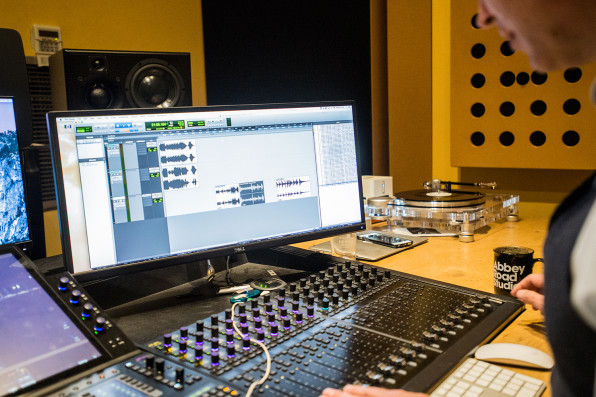
Just to be sure, Martin always runs these types of projects by the surviving members of the band and their families. Olivia Harrison, widow of guitarist George Harrison, heard the new version of her husband’s song “Within You Without You” and offered her feedback, for instance. And, of course, Ringo Starr and Paul McCartney were given a chance to do the same. Getting input from McCartney helped Martin iron out the final sound of the song “A Day In The Life,” which was proving to be difficult.
“You realize you’re playing the new Sgt. Pepper for Paul McCartney,” says Martin. “It’s kind of nerve-wracking, because it’s his music, you know. Generally, there’s a trust.”
Sgt. Pepper’s Lonely Hearts Club band was conceived and recorded at a famously pivotal time in the band’s career. Worn out by the demands of constantly touring the world, The Beatles decided to stop performing live, take some rare time off, and return to the recording studio with a different mind-set–aided only somewhat by their recent discovery of LSD. The “Sgt. Pepper” concept, hatched by McCartney, allowed the most famous band on the planet to start over and pretend to be something completely different.
Since the band had no intention of trying to play their new songs live, a major creative constraint was lifted. With George Martin’s help, they crafted an album that made full use of the recording studio and its technology, sometimes stretching its limits. Having already dabbled with sonic experimentation on Revolver the previous year, The Beatles tossed aside any remaining inhibitions for Sgt. Pepper, bringing in an orchestra, unusual organs like the Mellotron, and seemingly whatever other instrumentation their budget could afford.
“The feedback we got back is that you can suddenly hear everything,” says Martin. “And the album is so well-made that if you can hear everything, it’s actually a better experience. I mix certain records and you think, God, you want to hide things under the covers.”
The end result–starting with a double-sided single in early 1967 featuring “Strawberry Fields Forever” and “Penny Lane”–took many by surprise at the time with its more complex, eclectic sound that ranged from the psychedelic to the orchestral with bits of pop, balladry, big band, and circus music sprinkled throughout.
Fifty years later, the experimental DNA of the album and its wide, multi-layered range of sounds make it an interesting–if not risky–record to revisit and tinker with.
While Martin brings modern mixing techniques and software like Pro Tools to the recording booth, he relies nearly as much on vintage technology and ideas that are a half-century old. Tape machines and effects used during the original sessions were wheeled out when useful, but there was no philosophical devotion to analog tech.
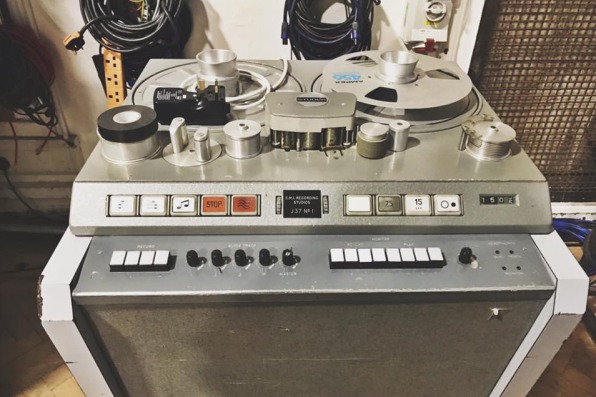
“I think in the tradition of the Beatles and what my father did 50 years ago, the thing is to have no bias toward technology,” Martin says. “The thing about a record like this is, it’s actually them making the record. It’s not technology. The sounds on it are really good.”
But as much as the retooled album pays homage to its own past, the finished product wouldn’t be possible without today’s music production tools. Recreating the multi-tape layering effect would be incredibly cumbersome if done solely on Abbey Road’s original machines. Even something as simple as adjusting the equalization–or EQ in more common parlance–on the drums is much easier to do today than it was back then. And it shows: Ringo Starr’s drums, especially the low-end of the kick drum, are louder and sometimes more central in the mix on this record.
To check his gut one last time, Martin played the remixed songs for a group of what he calls “Beatles obsessives”–hardcore fans who know the material inside and out and will likely be its loudest critics if Martin misses the mark on anything. For Martin, the goal is to strike a balance between people like this and a new generation of listeners.
“We live in this modern world of streaming, where a kid is going to put this next to Kendrick Lamar and it should bump onto the speakers,” Martin says, acknowledging how dramatically music consumption has changed since the days when kids lined up at brick-and-mortar stores to buy new LPs. Somehow, he must appeal to the modern-day equivalent of those kids, while keeping an older generation of fans satisfied enough to plunk down their money one more time.
“George Harrison was 24 when they did Sgt. Pepper,” Martin says. “If we can get the youth and the energy to burst through the speakers as they did when they recorded it, that will always be there. Even if it is 50 years old.”
Giles Martin remixed The Beatles’ most ambitious album with a blend of vintage technique and modern tools. It’s out May 26.
LONDON–For such a plain-looking room, it sure carries a massive, almost eerie, historic weight. Studio 2 at Abbey Road Studios in London is nearly empty, except for some old tape-recording machines and a few pianos. “This is the one they played on Ob-La-Di, Ob-La-Da,” producer Giles Martin tells me, striking a few high-pitched notes. Fifty years ago, his father, Sir George Martin, recorded The Beatles’ most ambitious album in this very room–an album that pushed the limits of recording technology and, few would disagree, helped alter popular music as we know it.
Fast Company , Read Full Story
(37)

